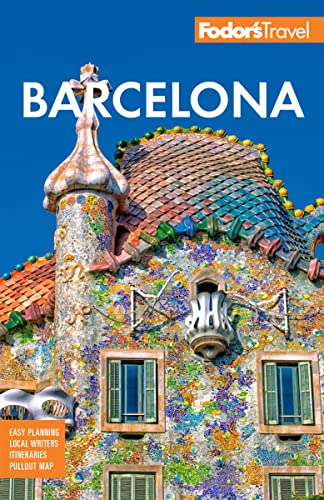El Raval (from arrabal, meaning "suburb" or "slum") is the area to the west of La Rambla, on the right as you walk toward the port. Originally a rough quarter outside the second set of city walls that ran down the left side of La Rambla, El Raval was once notorious for its Barri Xinès (or Barrio Chino) red-light district, the lurid attractions of which are known to have fascinated a young Pablo Picasso.
Gypsies, acrobats, prostitutes, and saltimbanques (clowns and circus performers) who made this area their home soon found immortality in the many canvases Picasso painted of them during his Blue Period. It was the ladies of the night on Carrer Avinyó, not far from the Barri Xinès, who may have inspired one of the 20th-century’s most famous paintings, Picasso’s Les Demoiselles d’Avignon, an important milestone on the road to Cubism. Not bad for a city slum.
El Raval, though still rough and tumble, has been gentrified and much improved since 1980, largely as a result of the construction of the Museu d’Art Contemporani de Barcelona (MACBA) and other cultural institutions nearby, such as the Centre de Cultura Contemporània (CCCB), Filmoteca and the Convent dels Àngels. La Rambla del Raval has been opened up between Carrer de l’Hospital and Drassanes, bringing light and air into the streets of the Raval for the first time in a thousand years. The medieval Hospital de la Santa Creu, Plaça del Pedró, the Mercat de Sant Antoni, and Sant Pau del Camp are highlights of this funky, rough-edged part of Barcelona. The only area to consider avoiding is the lower part between Carrer de Sant Pau and the back of the Drassanes Reials shipyards on Carrer del Portal Santa Madrona.






